
The success of any apartment community starts and ends with getting the right people in the door.
But leads and leases tend to fluctuate week to week, and it's not always easy to know why.
Maybe some of them saw a print ad or a sign. Or, maybe a resident referred them.
But how can you determine the ROI of your signage? Or that print ad?
If you don't have clicks and page views to help with your lead tracking, how do you know what's working?
Without the proper lead tracking setup, you’re probably over-investing in some tactics, while underinvesting in many others.
Understanding what works and what doesn't not only helps you cut unnecessary costs, it helps you optimize and scale those efforts that are actually contributing to your bottom line and getting renters in the door.
But, before jumping into some tools and tactics you can add to your lead tracking toolbox, there are a few things you need to know about how renters are finding your apartment community.
Believe it or not, a staggering 93% of online experiences begin with a search engine.
They’re sparked by an external event, like a lease ending or a job changing, which leads to a few basic Google queries like ‘Miami apartments’ - because they’re not quite sure where they’re looking at this point.
These people are at the beginning of their own customer journey; a long and winding road that inevitably leads to them walking through your doors - or the guy’s down the street.
According to McKinsey & Company, at least half of all customer interactions right now resemble a multi-event, multi-channel customer journey.
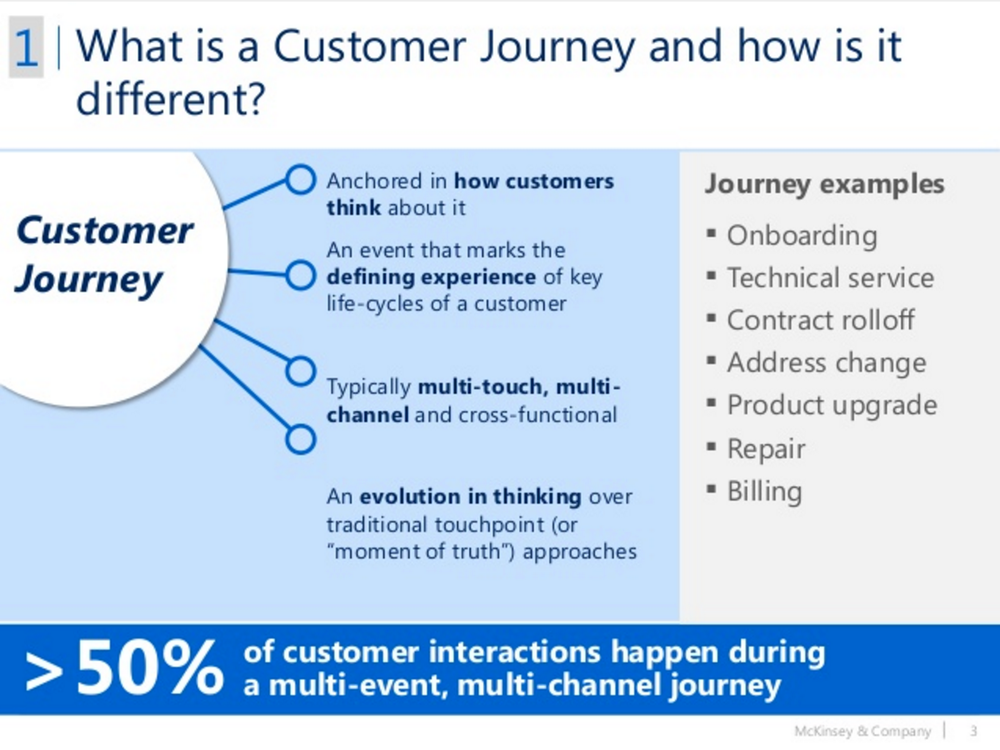
It makes sense, right?
You're not very likely to purchase something or make a buying decision after a single interaction, especially if you've never heard of that product before.
This is even more true when it comes to a major decision like signing a lease.
Interested renters are going to do their research, read reviews, visit your website, find you on social media, and more, all in an effort to learn more about the value you bring to their future living experience.
This online journey is becoming more and more important because it happens before potential renters visit your property or pick up the phone.
In fact, Gartner predicts that 85% of a customer relationship will be without interacting with a human by the year 2020!
But that journey has a starting point, and that starting point is the moment a user goes online to research a product, deciding whether or not to purchase, also known as the ‘Zero Moment of Truth’.
Google’s ‘Customer Journey to Online Purchase’ tool helps illustrate how today’s ‘customer journey’ looks when you factor in how (or which channels) renters are using to research and interact prior to walking through your door.
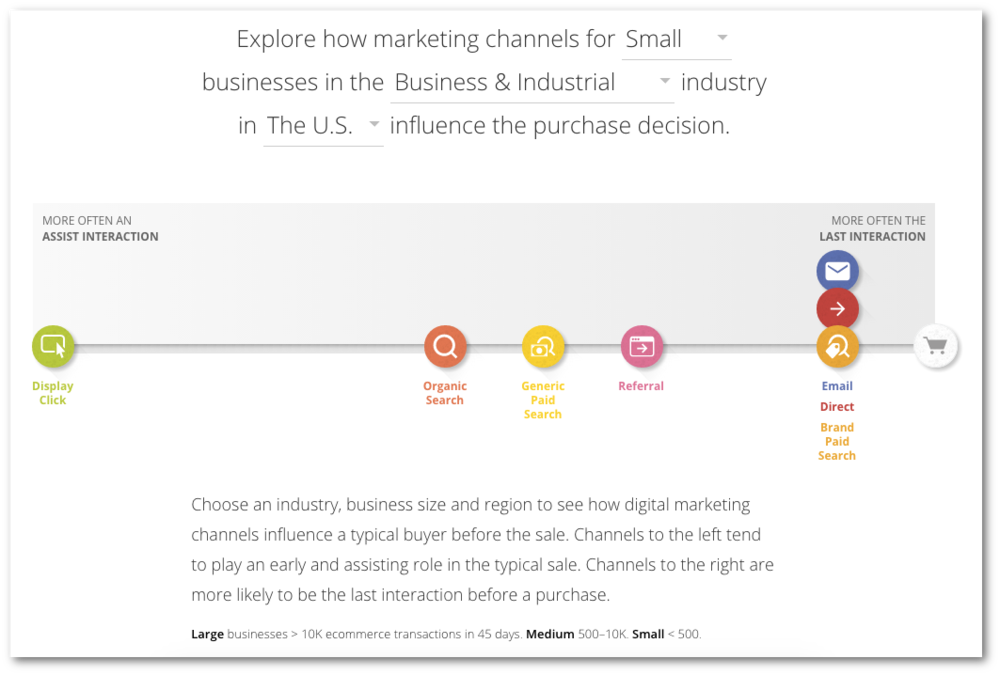
Display advertising and search engines (both organic and paid) help drive that crucial brand awareness and provide visibility for your apartment community when people are in these critical first steps.
On the other hand, email, direct and branded paid search (simply paid search against your own key brand terms) are more typical ways people find you the minute before filling out an application or scheduling an appointment.
That presents the problem… how do you track these critical research steps that fly under the radar? The ones that influence a customer’s journey, but don’t get the credit they deserve when you crunch the numbers and allocate resources.
Here are 3 easy methods incorporating a few new techniques and some helpful tools.
We'll start with a no-brainer - call tracking.
Phone calls are one of the best ways to convert that interested prospect into a brand new resident.
Trouble is, where did those phone calls originate from? How did they find you?
When you use the same 800-number across all marketing campaigns or web pages on your site, how do you know specifically which one resulted in the most action?
Surprisingly, the vast majority are coming from some online channel.
A report from Invoca says 70% of phone calls come from digital marketing channels, with mobile driving 45% of them.

Sounds pretty critical now, right? So how do you get started?
The key comes down to ‘dynamic keyword insertion’ which will display different phone numbers on different pages or campaigns, helping you to keep track of where calls come from.
For some of the major multifamily management companies, Lead2Lease is a suitable lead tracking solution, but it could be overkill.
If you're looking for something more specific to call tracking, simple tools like CallRail or CallFire can also help
Displaying different phone numbers, automatically, helps you identify the sources of calls (and actual renters).
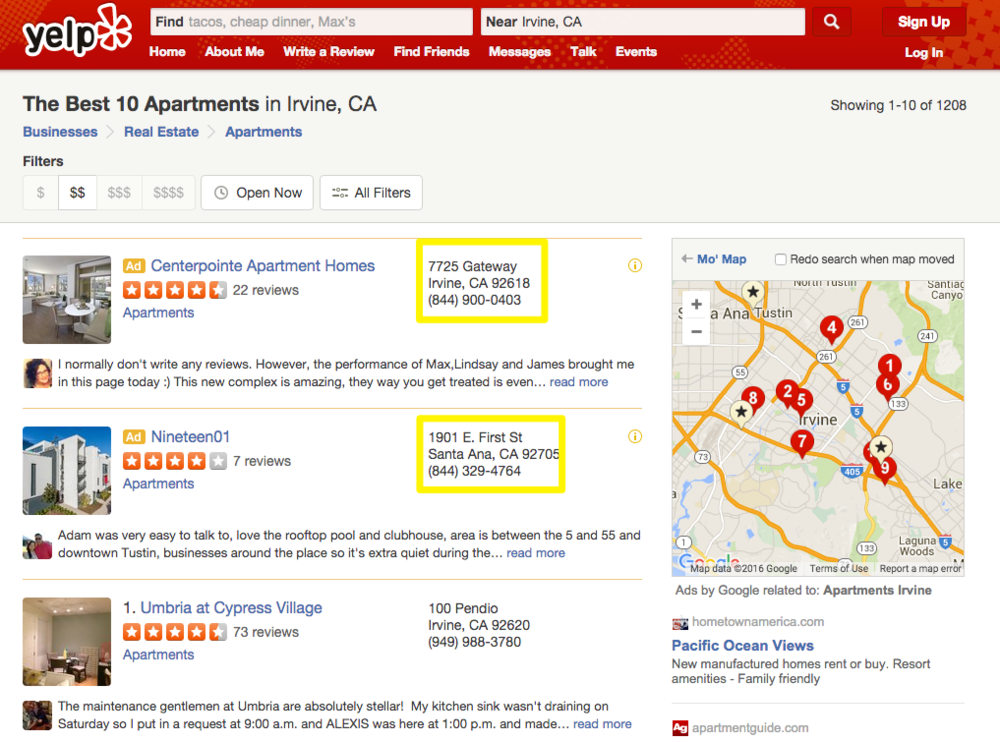
For example, highly influential third-party sites like Yelp can now be setup to give you a wealth of insight and data.
You can even get more granular, identifying which keyphrases in ad campaigns you’re bidding on are performing (and which aren’t).
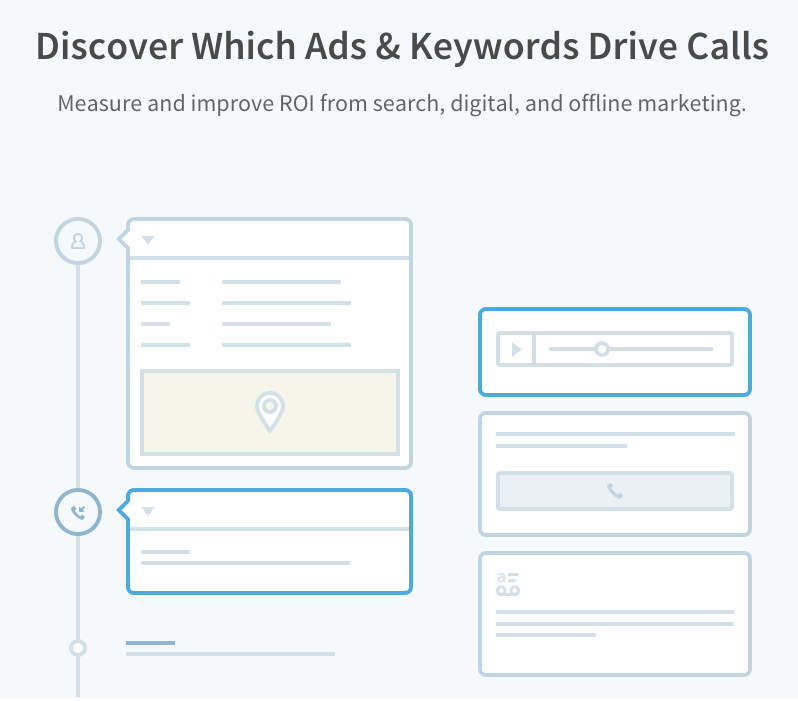
For example, when a potential lead uses a basic query like ‘Boston apartments’ (which we discussed in the last section, the first thing they’ll see is the four AdWords paid results (not three, which is a recent change we’ll explore in a later blog post).
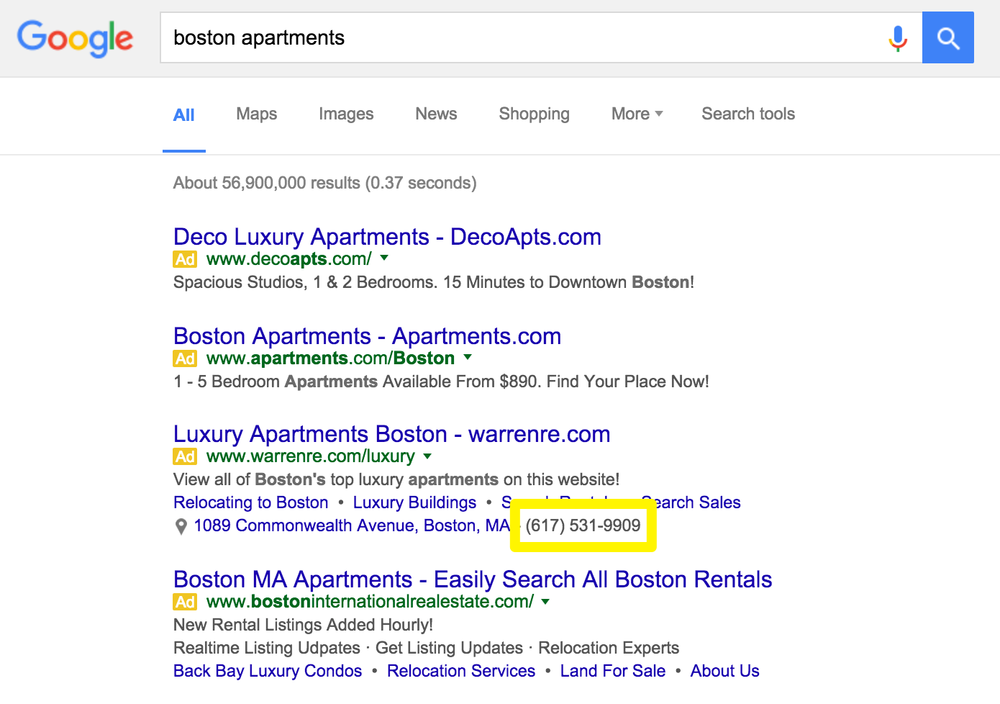
The second result has added the call extension to their advertising, where you can either use Google’s built in tool or one of the aforementioned ones to automatically track calls for just this key phrase specifically.
Identifying those results properly will help you capitalize on the ‘money’ keywords, and avoid wasting any more budget on those that don’t deliver results.
When people are out-and-about looking at properties, they’re obviously on mobile devices looking for directions from your last competitor’s property to yours.
“50% of consumers who conducted a local search on their smartphone visited a store within a day, and 34% who searched on computer/tablet did the same,” according to Google’s research.
But those aren’t even the most shocking stats. These are:
That means throughout a ‘customer journey’ while researching your property and location, there’s one thing you can count on… prospective renters are actively looking for ways to use maps and directions.
And if you’re already using AdWords, it’s critical you target ads to locations and set-up location extensions.
For example, in the earlier ‘Boston apartments’ search engine result page example we looked at how one savvy property was incorporating their phone number. But they’re also going a step further, utilizing these extensions to also include their property address.
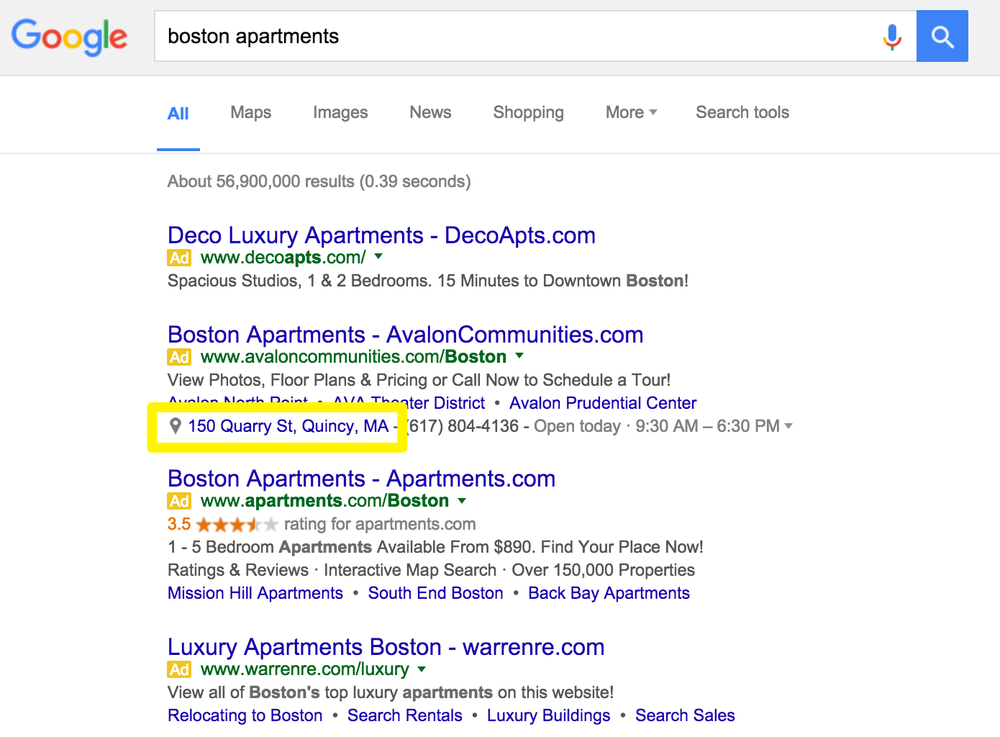
Now users can simply click on that location to automatically send that data into the Maps app on their mobile, and get real-time directions.
The Deco Apartments provides a few helpful ways that visitors can access directions on their site as well. The first appears as a little pop-up on the homepage.
Again, you can see the opportunity under the address to include phone tracking.

Once you start browsing around and hit their Contact page, you get another address in the lower right under the contact form, as well as one below in the footer.
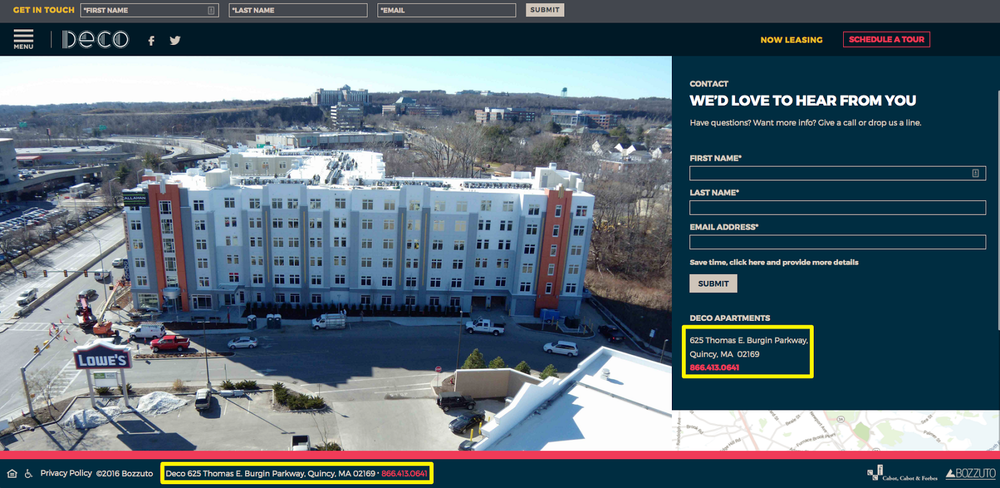
As if that weren’t enough, they also do an excellent job highlighting the two major Calls To Action - ‘Call Us’ or ‘Get Directions’ - at the top of the page when you’re viewing the site on mobile devices.

That gives on-the-go visitors simple options to get in touch with your property and continue their research, while also giving you a simple, easy and effective method to properly attribute which marketing source sent renters your way.
Referral visits are simply the people being referred from another site or source. These are commonly other websites, important applications, and social media channels.
They’re also incredibly important. For example, social contests are a great way to generate interest and attention with your target audience. But they’re also an effective sales tool as well, influencing 3 out of 4 purchasing decisions.
And customers are 3 times more likely to recommend a place when they have a positive social customer experience. Whereas 95% of unhappy customers will share that with others.
But social promotions go far beyond simply photo sharing contests. They can even include the campaigns and promotions run across different channels.
For example, The Centerpointe Apartments in Irvine, CA shows off a 6 week, free rent promotion on their Yelp page. This, combined with higher ad placement (and the directions and phone number) transform a static Yelp page into a sales machine.
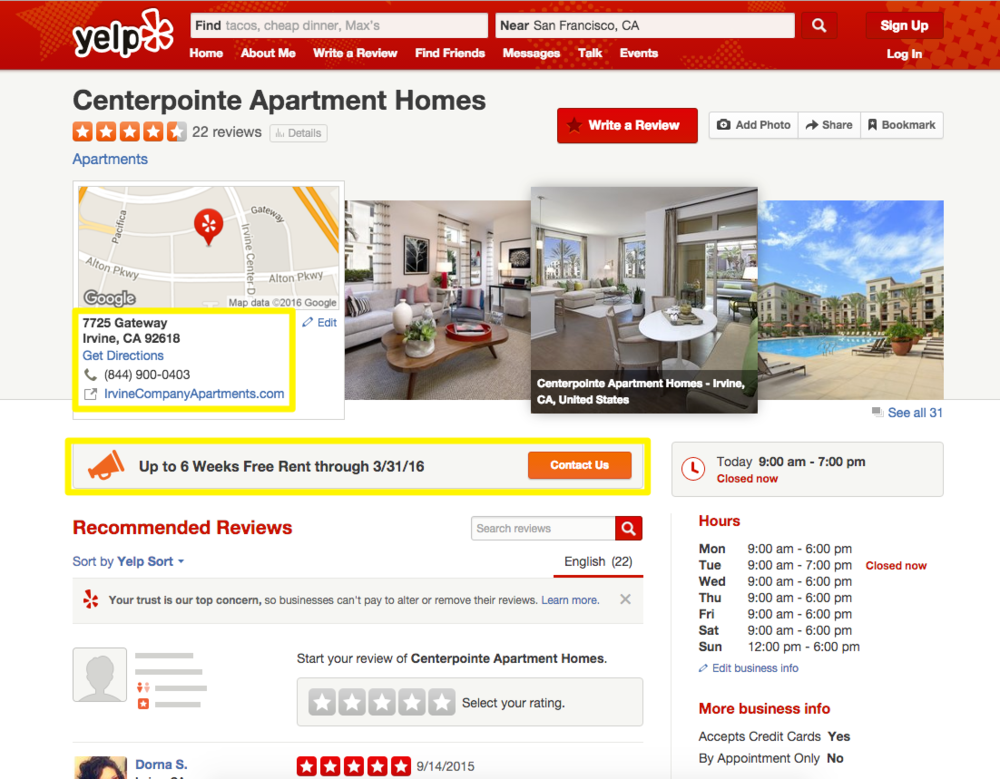
However there is a problem with links or calls to action like this.
Many times, analytics programs will have difficulties tracking where that ‘referral’ visit originated. When ‘referral’ visits like these aren’t tracked properly, they get lumped as a ‘Direct’ source of traffic instead.
That skews your data, but what’s worse is that it also under-reports your ROI on a particular channel.
For example, let’s take a look at another property on Yelp to illustrate. The primary call to action for the Newport Bluffs in Newport Beach, CA is to schedule an appointment.
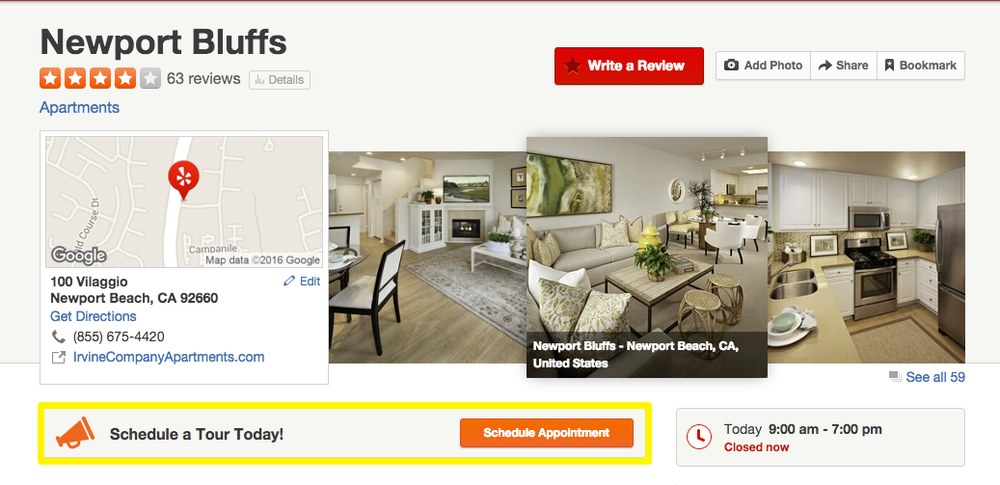
When you click that link to schedule a tour, you’re redirected to their website landing page to fill out a form.

Pretty simple so far, right?
This problem is exacerbated on mobile devices, where an app can control your browsing experience.
For example, here’s that same sequence of events but through the Yelp mobile app.
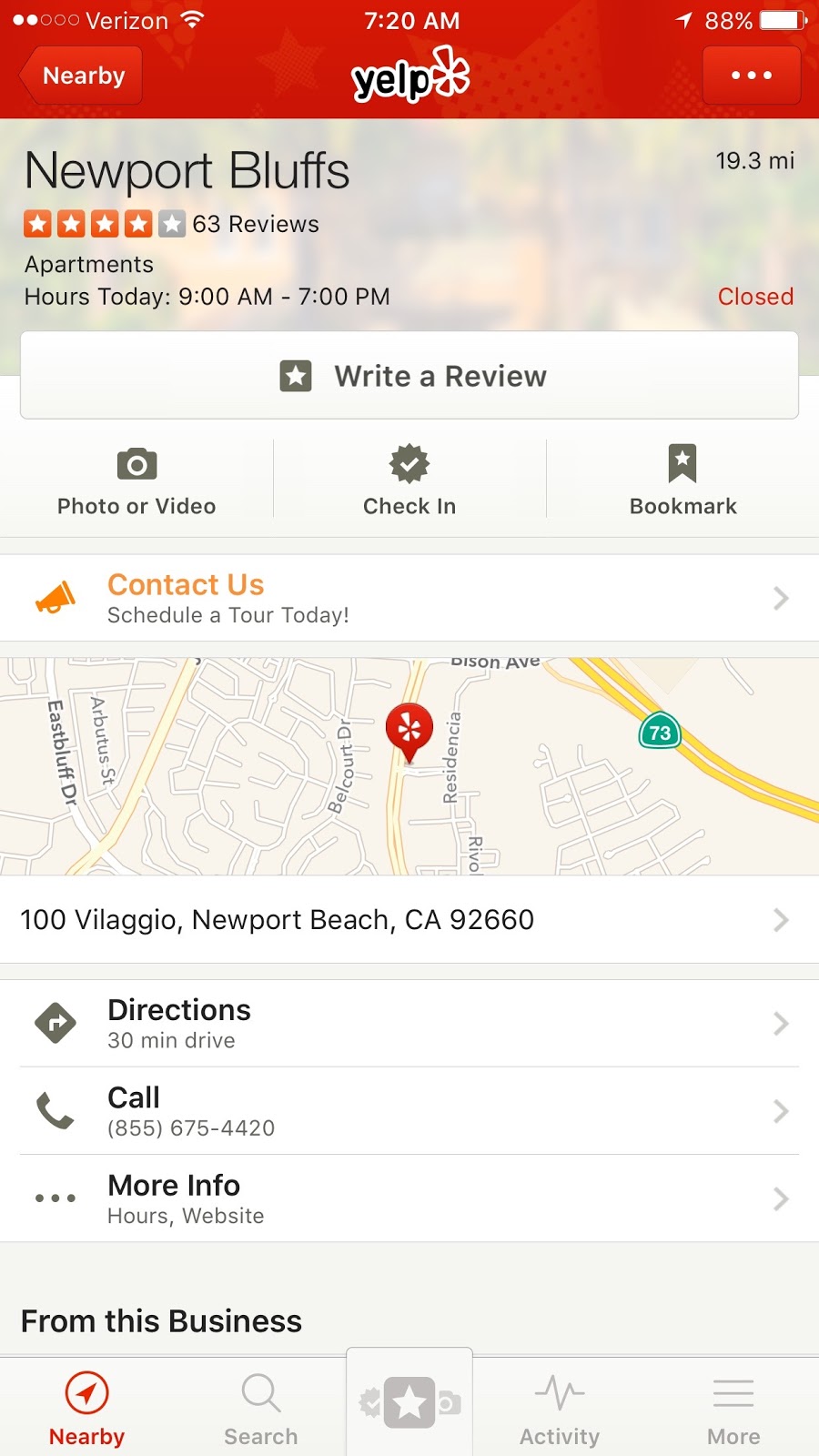
When you click on the same ‘Contact Us’ button, it will bring you to their website - same as the Desktop experience. EXCEPT, you’re browsing the site and filling out the form inside the Yelp mobile app.
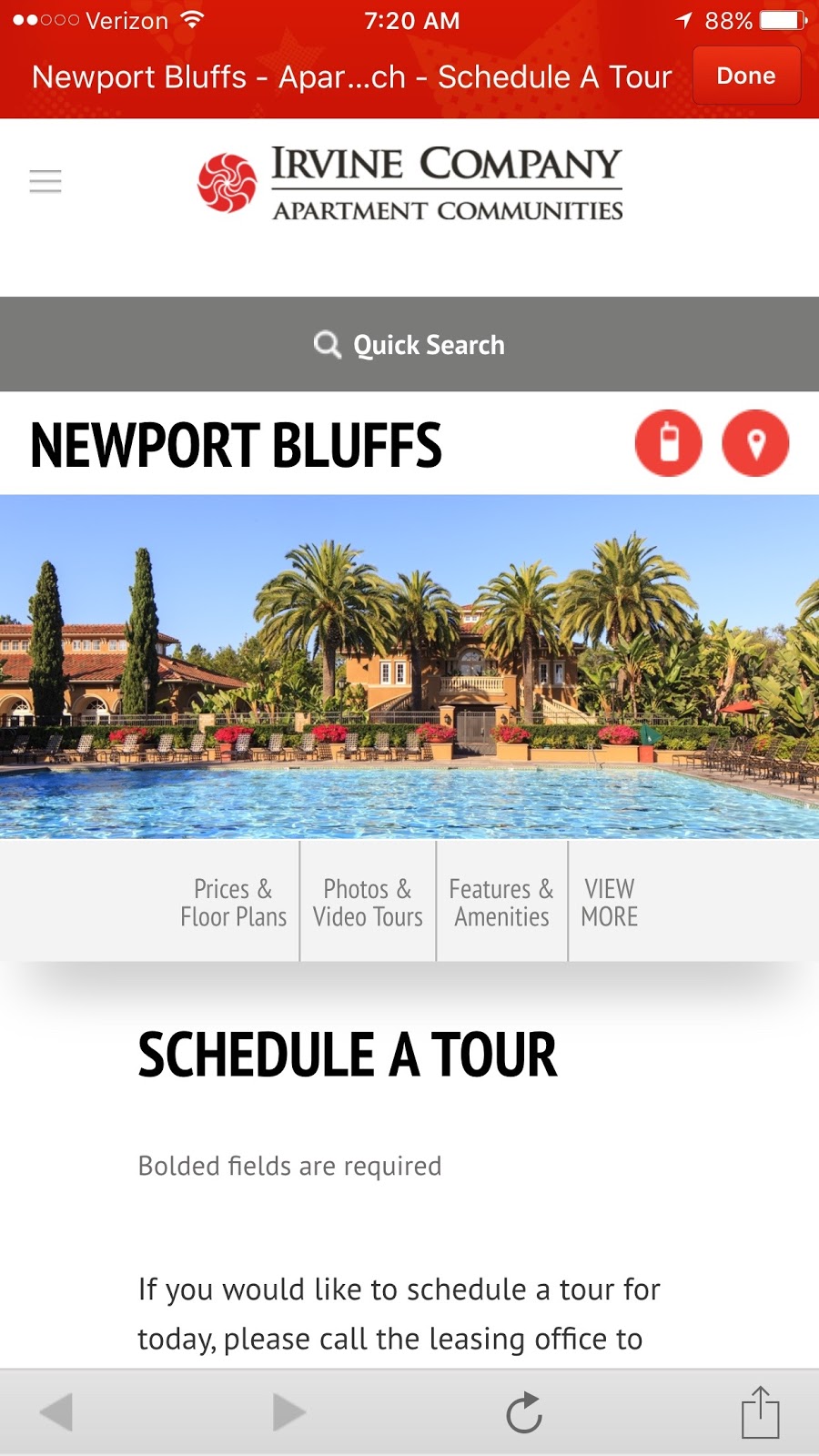
Without getting into technical jargon, that means this visit and possible Appointment conversion probably won’t be tracked properly.
Google Analytics, or whatever else you’re using to track conversions and get closer to identifying the ROI of your marketing activities, might now show incorrect results (overinflated for ‘Direct’, while underreported for ‘Referrals’ or social).
These problems also can crop up on popular desktop applications like Outlook and others, so it’s not isolated to just Yelp.
One way to make sure all of your referral-based links - especially the important, calls to action - are properly ‘tagged’ using UTM codes. This concept goes beyond the scope of this article and can get a little technical, but essentially you’re just adding a little extra information on the back of each link that tells your analytics program how to treat and report those visitors.
Kissmetrics has a great, detailed article with more information on how to setup your referral links properly. Google provides a free, handy tool that can make your life much simpler.
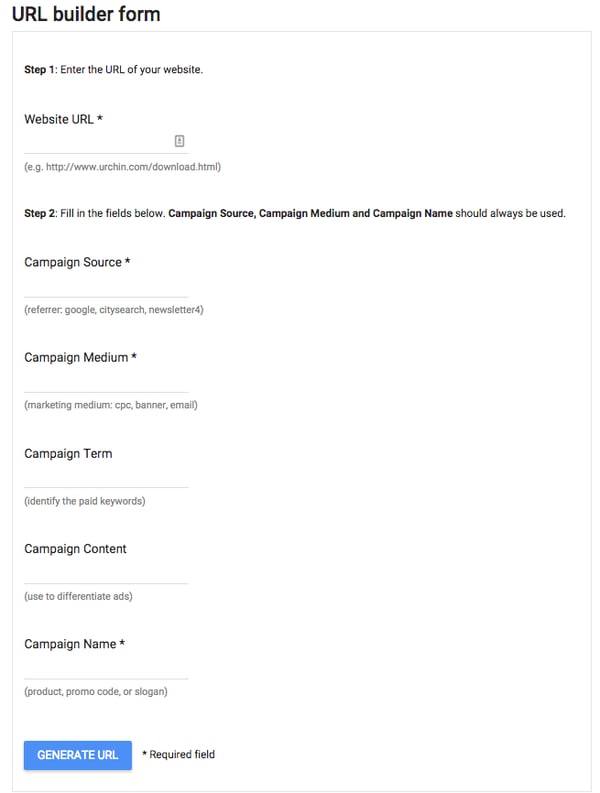
While this might look complex at first glance, all you’re doing is adding in a source (like Facebook) and some kind of label (like ‘6 Week Promo) to help differentiate this link from all of the others that look just like it to analytics software.
It’s easy to count the number of people walking in your door to tour the property.
What’s difficult, is determining where these people are coming from and how they got here in the first place.
Today, that happens primarily online.
Your first step to uncovering this information is to make sure you’re properly tracking phone calls, usage of maps and directions, or visits and conversions originating from referral visits.
Best of all, with a few simple tools and the techniques illustrated here, it doesn’t have to be overly time consuming or difficult.
What promotional activities got them here, or what which channels are driving the most results?
Answering those tough questions will make sure you’re allocating time and money appropriately.
But more importantly, it’ll help you significantly increase results because you can cut your losses on the underperforming ones in favor of doubling down on the winners.

San Diego, CA
600 B St.
San Diego, CA 92101

Austin, TX
600 Congress Ave.
Austin TX 78701

Washington, DC
1875 Connecticut Ave NW
Washington, DC 20009
Copyright © 2024 AM Digital, LLC Terms of Service Privacy Policy
Street Address
City, ST 00000
Call us: 1-800-COMPANY
(800-000-0000)